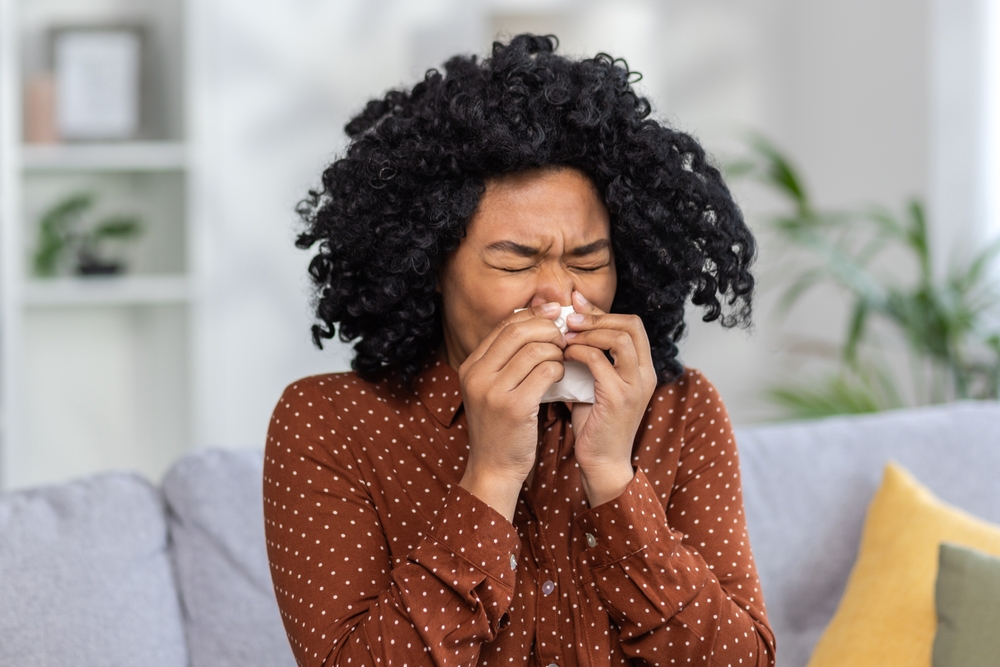While bed bugs have captured public attention, dust mites persist as a more common issue in our homes, thriving in our most comfortable living spaces like beds, upholstered furniture, and carpets. These tiny creatures are major allergens, particularly problematic for those with allergies and asthma, although they do not bite or transmit diseases.
What are dust mites?
Dust mites are microscopic, insect-like pests that feed on human and pet skin cells. They are prevalent in warm, humid environments but are invisible to the naked eye. While they are harmless to many, they can trigger allergic reactions in sensitive individuals.
Identifying dust mite allergies
Symptoms of dust mite allergies can mimic those of seasonal allergies, including sneezing, congestion, and itchy eyes. More severe reactions can include asthma attacks and skin rashes. These reactions are caused by sensitivity to dust mite feces and decaying bodies, not bites.
How to reduce dust mites in your home
- Use protective covers: Encase mattresses and pillows in dust-proof covers to minimize exposure.
- Wash bedding regularly: Clean sheets, blankets, and pillowcases weekly in hot water to kill dust mites.
- Maintain low humidity: Use a dehumidifier to keep humidity levels under 50% to deter dust mite proliferation.
- Choose easy-to-clean surfaces: Opt for hardwood floors over carpets and use washable curtains or blinds.
- Regular cleaning: Vacuum regularly with a HEPA filter vacuum and wipe surfaces with a damp cloth to reduce dust accumulation.
Professional advice
If you suspect a dust mite allergy, consult with an allergist for appropriate testing and treatment, which may include antihistamines or immunotherapy. An allergist can provide tailored strategies to manage exposure and alleviate symptoms.
By taking proactive steps to manage dust mite exposure, you can significantly improve your living environment and reduce allergy symptoms.





